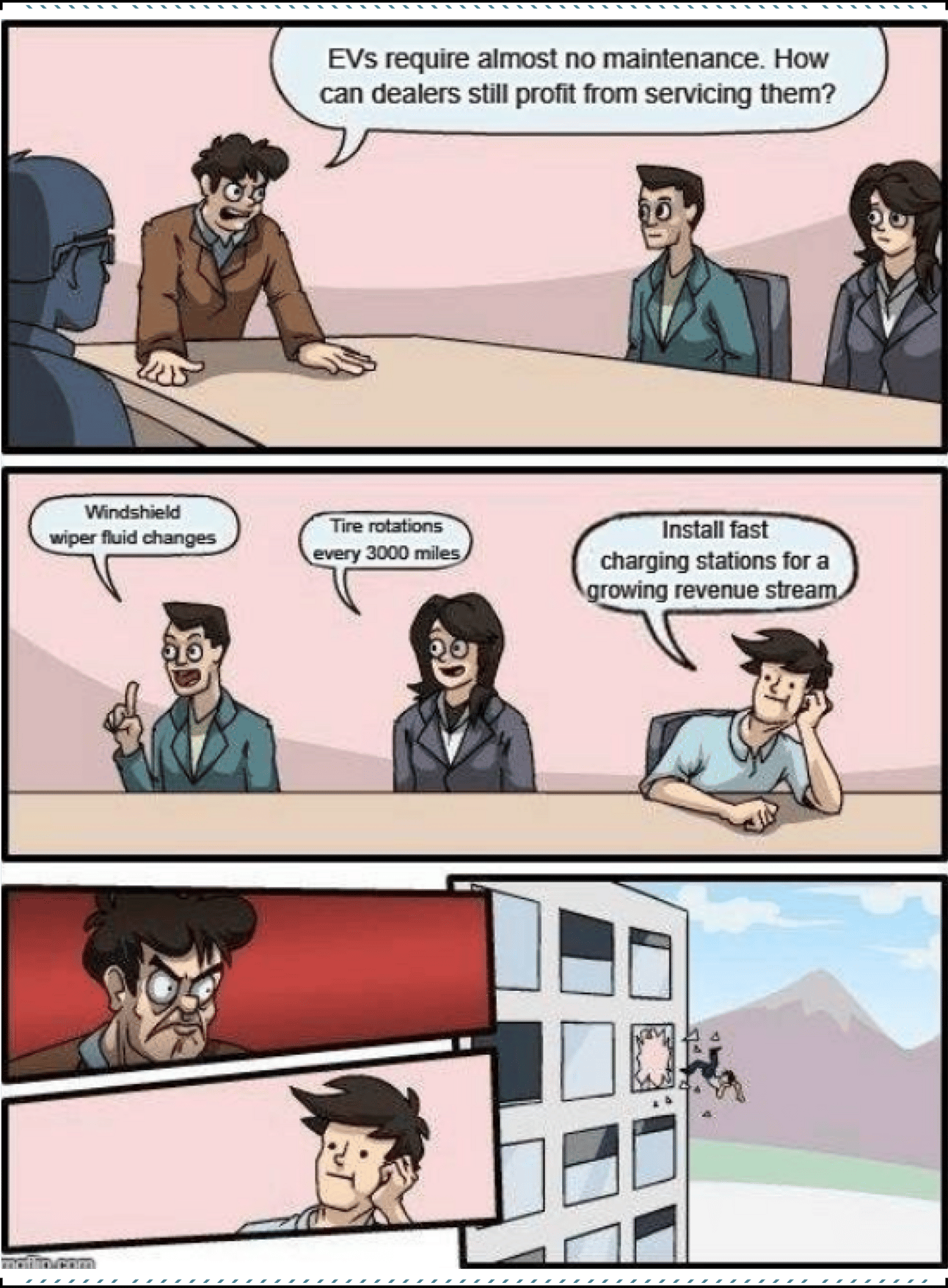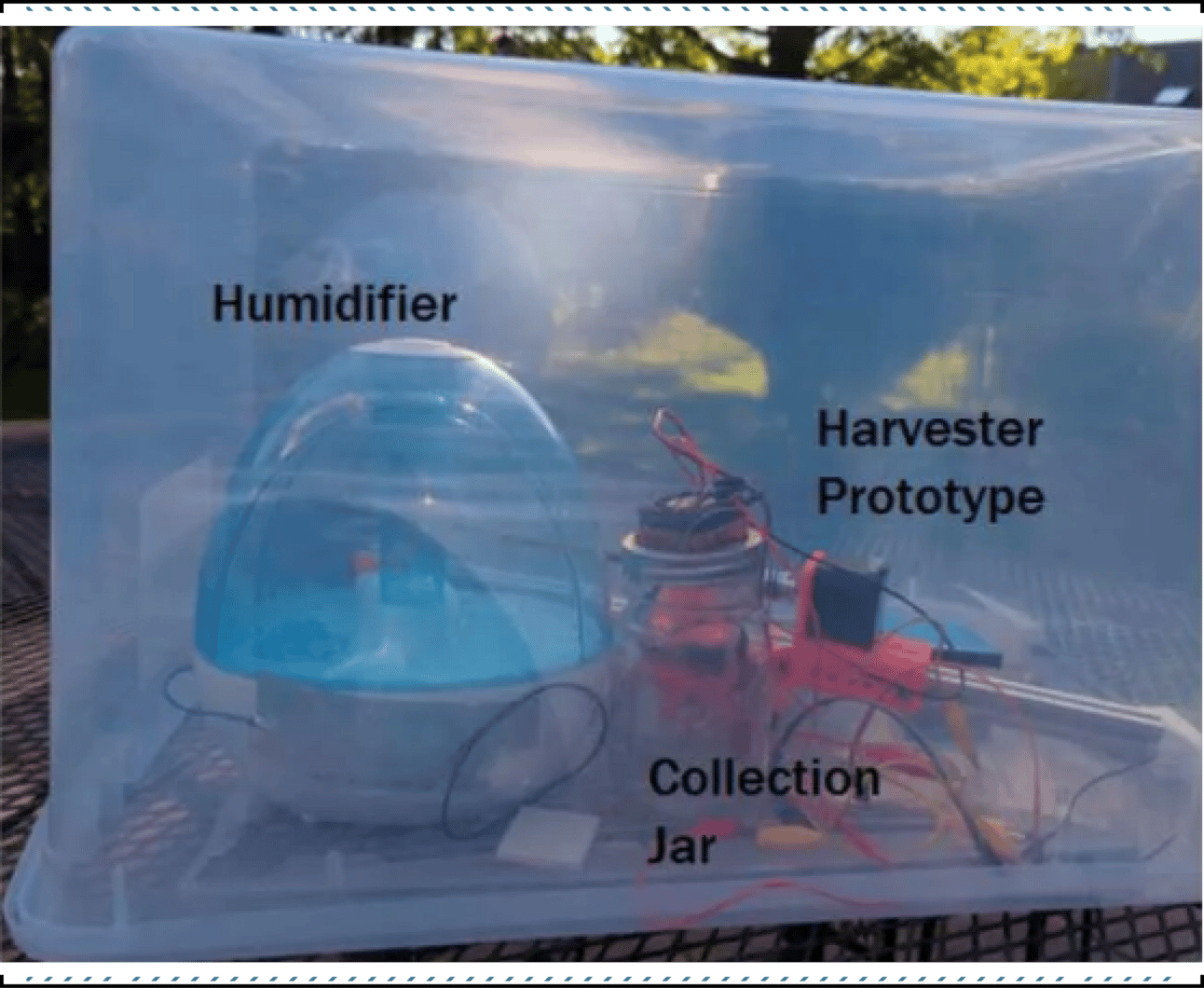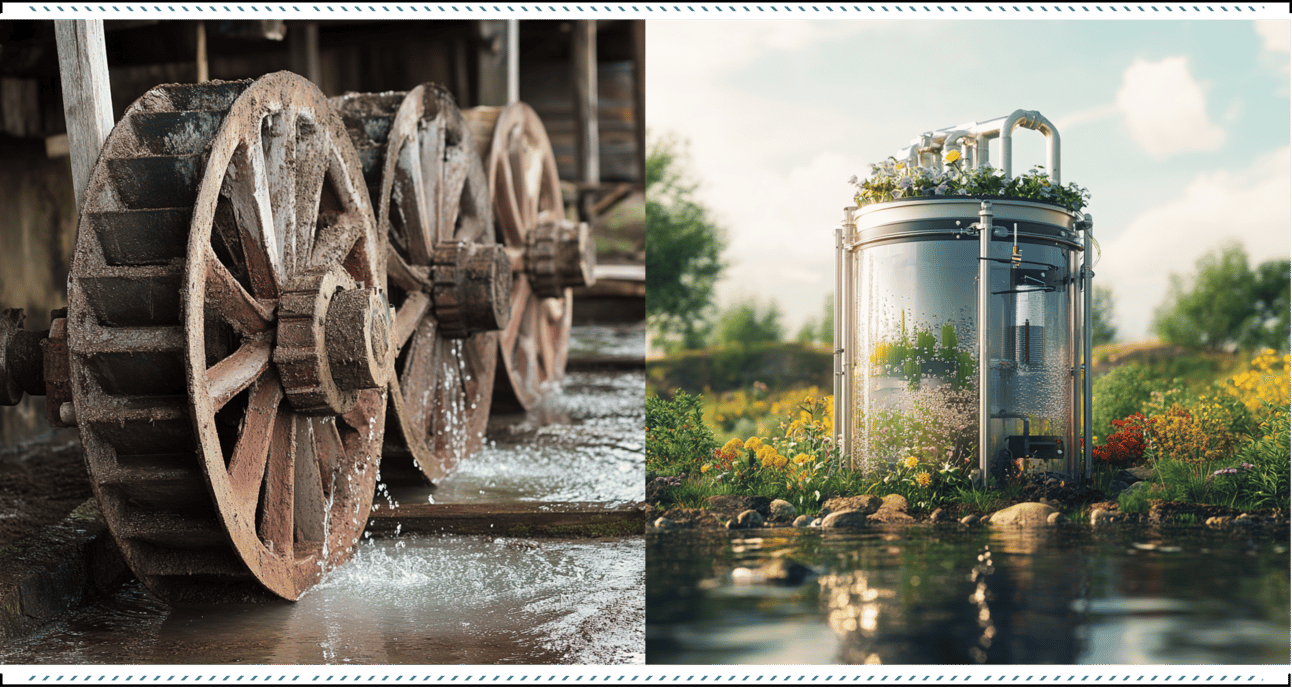tesla is a 🍤
The Numbers That'll Make Tesla Sweat


Before jumping in, answer this:
Which industry needs a revamp?
|Made Tesla look like a 🍤
While most carmakers are aiming for 2030 to launch EVs with solid-state batteries, Stellantis plans to get there sooner - they're putting these batteries in a demo fleet of new Dodge Charger Daytonas by 2026.
The Numbers That'll Make Tesla Sweat
• 600 miles per charge (That's NYC to Charlotte without hunting for outlets)
• 40% lighter than current batteries (Physics: 1, Range Anxiety: 0)
• 33% smaller (Hello, extra trunk space)
• 2026 launch (While others are still writing PowerPoints about 2030)
Wait, wait, here's an EV meme that I absolutely love:

Now back to the topic:
What's The Big Deal?
Lots of carmakers talk about the future – but Stellantis is building it. They're dropping Factorial's fancy new solid-state batteries into a fleet of Dodge Charger Daytonas. Yes, the muscle car is getting an electron-powered makeover.
The Science-y Bits (Made Simple)
• Current EVs: Like running on AA batteries
• New Tech: Like having a mini power plant
• Real Talk: 390Wh/kg energy density (Translation: It's really good)
• Cost: Should actually get cheaper over time (Not a typo)

Which Cars Are Getting the Upgrade?
The STLA Large platform (fancy speak for "the big car base") will support:
• Dodge (Muscle cars get more muscular)
• Jeep (Off-grid really means off-grid now… unless you’re plugging it into the grid?)
• Chrysler (Family road trips without the "where's the next charger" drama)
• Alfa Romeo (Italian flair, American range)
• Maserati (Because luxury should include not stopping for charge)
Stellantis dropped $75 million on Factorial back in 2021. Looks like someone's been playing the long game.
While Tesla's been getting all the headlines, Stellantis just quietly planned a revolution.
🔽
|This or That: Choice is yours
Your task is to enhance the resilience of a historic urban area prone to earthquakes without compromising its architectural integrity.

Two innovative approaches are being considered:
Option A: Seismic Isolation
• Pros: Introduces base isolators that absorb seismic energy, significantly reducing the risk of structural damage during an earthquake.
• Cons: High installation cost, complex engineering requirements, and potential alterations to the historic buildings' foundations.
Option B: Structural Reinforcement with Shape Memory Alloys
• Pros: Utilizes alloys that can return to their original shape after deformation, adding both flexibility and strength to the building structures.
• Cons: Still relatively new technology, which might lead to unforeseen challenges; also, the aesthetic impact on visible elements of historic buildings could be a concern.
This or That:
🔽
|This Device Pulls Drinking Water Out of Thin Air
Ohio State researchers have created a water harvester that could be a game-changer for the 2 billion people without access to clean water.
The Innovation in Plain English
• What: A portable water harvester that's more efficient than traditional devices
• How: Uses shape-shifting nickel-titanium materials (fancy term: elastocaloric cooling)
• Cool Factor: Fits in a backpack & uses half the energy of current systems
• Catch: Needs filtering due to some 3D printed parts

Why This Matters
Remember that survival rule?
• 3 minutes without air
• 3 days without water
• 3 weeks without food
With only 0.5% of Earth's water being drinkable, innovations like this could literally be lifesavers.
Where It Works Best
Perfect for places with the right humidity levels:
• Philippines
• Indonesia
• Haiti
• Even Ohio (surprise!)
The benefits go beyond drinking water. It could help solve:
• National security issues
• Mental health challenges caused by access and affordability to clean water
• Sanitation problems
• Emergency response needs
What Makes It Different?

Old Water Harvesters:
• Bulky
• Energy-hungry
• Slow to work
• Use rotating wheels with moisture-loving materials
New System:
• Portable
• Energy-efficient
• Faster water collection
• Uses smart materials that respond to temperature

The team sees two paths forward:
1. Personal Use: Perfect for individual needs
2. Community Scale: Could be sized up to serve entire neighborhoods
As one researcher put it: "We're hoping that clean water for the rest of the world isn't just a pipe dream."
Reality Check!
While the prototype works, it's not perfect yet. The water needs heavy filtering because of microplastics from 3D printed parts.
But the team's working on it, and they're even sharing their designs (GitHub link) so others can experiment and improve the technology.
🔽
|Fresh from the oven
1. Renewable energy projects backlog solved?
2. New thermoelectric material that can be used in wearable devices
3. AI just revolutionized IVF: Fully automated embryo quality check
🔽
|Your next adventure?
1. Gas Transmission Engineer - Sterling Engineering
Get paid to manage invisible death clouds in fancy pipes
2. R&D Engineer - Hitachi Energy USA
Help build the future of energy, before climate change makes it irrelevant
3. Early Career Geologist - WSP
Professional dirt whisperer needed - previous lives as dinosaur optional
🔽
|Interested in Advertising in This Newsletter?
If your company wants to reach top engineers around the globe, let’s collaborate!
Our open rates are over 40%, and our CTR is around 7% (do the math).
🔽
Share Engineer's Espresso
{{rp_personalized_text}}
Or copy and paste this link to others: {{rp_refer_url_no_params}}